Keith Butler studied an undergraduate degree in Chemistry at Trinity College Dublin, graduating in 2004. He then completed a PhD at UCL, graduating in 2010. Following this, Keith carried out post-doctoral research in the University of Sheffield and the University of Bath, working on simulations of photovoltaics and transparent conductive oxides.
During his time at the University of Bath, Keith became interested in machine learning for the discovery and analysis of new materials. In 2018 he moved to the Rutherford Appleton Laboratory where he was involved in setting up the scientific machine learning group (SciML). In 2022 Keith moved to Queen Mary University of London as a Senior Lecturer in Green Energy Materials. In 2023 Keith re-joined UCL Chemistry as Associate Professor.
Keith’s research focuses on using a combination of data-driven methods (such as deep learning and Bayesian statistics) and quantum mechanics calculations to design new materials on computers and to help accelerate the experimental characterisation of materials. His group (the Materials Design and Informatics Group) work with other academics, national facilities and companies. Keith is a keen advocate of open science and open software and is involved in the development of several community packages. In his spare time, Keith is (overly) obsessed with fermentation; he keeps a stable of several kombucha SOCBYs and will probably try to pickle your lunch if you’re not careful!
An interview with Professor Butler
What does it mean to you to join the Advisory Board of Journal of Materials Chemistry A and Materials Advances?
It’s a real honour to join this Advisory Board. I am a big fan of the RSC publishing journals and think that they have been a great service to the research community in materials chemistry over the years. So, to have an opportunity to contribute to these publications and to potentially help to shape how they develop is really exciting for me.
What is the current biggest challenge you face in your field?
I work a lot with machine learning for materials modelling and characterisation and this is a very fast-moving field right now. I think that one of our biggest challenges is distinguishing the really important work from the noise or even worse from the work that is not properly done. As this tends to be highly interdisciplinary work, it is often hard for a single person to have the expertise to judge all aspects fully. A materials chemist may not know a variational autoencoder from a diffusion model, and likewise a computer scientist may not know a halogen from a pnictide. In this case, high-quality peer reviewed publication becomes more important than ever, providing a seal of quality that researchers know that they can trust.
Why do you feel that researchers should choose to publish their work in Journal of Materials Chemistry A and/or Materials Advances?
I think that these are highly respected, widely read and trusted journals. When I think of following the latest in energy materials research (which is my main materials science interest) these are some of the first journals in my RSS feed. I know that my peers also follow these journals closely and respect the research that is published in them. So, I would say for high visibility with respectability, JMC A and Materials Advances are great places to publish. In addition, the very reasonable APCs for Gold Open Access are very attractive to me, as I am a big believer in Open Science, but find that it is sometimes a costly standard to meet. It’s great that the RSC makes open access more attainable to all researchers.
Can you tell us about one of your latest Journal of Materials Chemistry A publications?
One of my more recent publications was last year looking at hybrid halide perovskites. I’ve been working on these materials for probably about 10 years now and there is still so much about them that we are yet to properly understand. In this paper we were looking at a particular alloy of this system where the A-site of the perovskite is a mixture of formamadinium and methyl ammonium molecules and the X site is a mixture of iodine and bromine anions. This mixture is particularly interesting as it has been shown to increase the efficiency of solar cells made with halide perovskite absorber layers. The study uses a range of computational modelling techniques to look at this structure and reveals an interplay of the effects of the structure on the dynamic and thermodynamic properties of the halide perovskite alloys. This kind of atomistic understanding is critical as researchers strive to design more stable and efficient perovskite mixtures for cheap and effective solar cells.
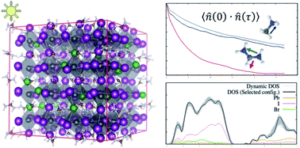 |
Mixed-anion mixed-cation perovskite (FAPbI3)0.875(MAPbBr3)0.125: an ab initio molecular dynamics study Eduardo Menéndez-Proupin, Shivani Grover, Ana L. Montero-Alejo, Scott D. Midgley, Keith T. Butler and Ricardo Grau-Crespo J. Mater. Chem. A, 2022,10, 9592-9603. DOI: 10.1039/D1TA10860C |












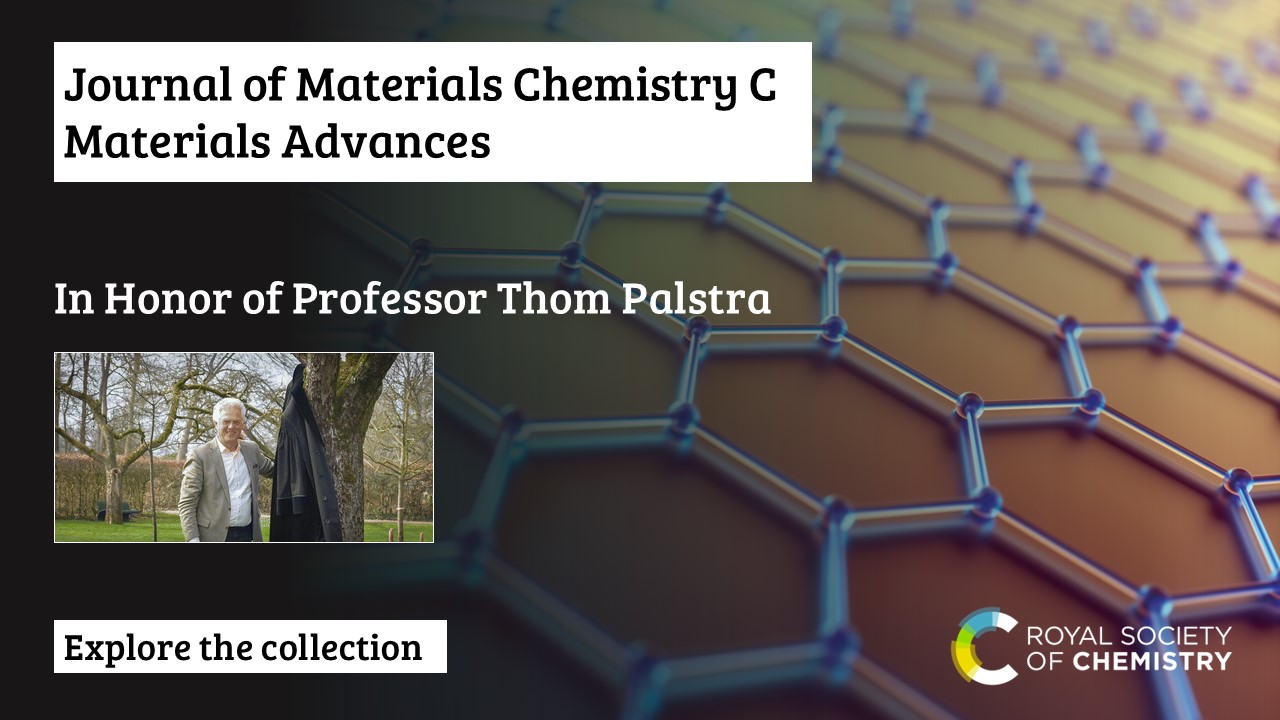
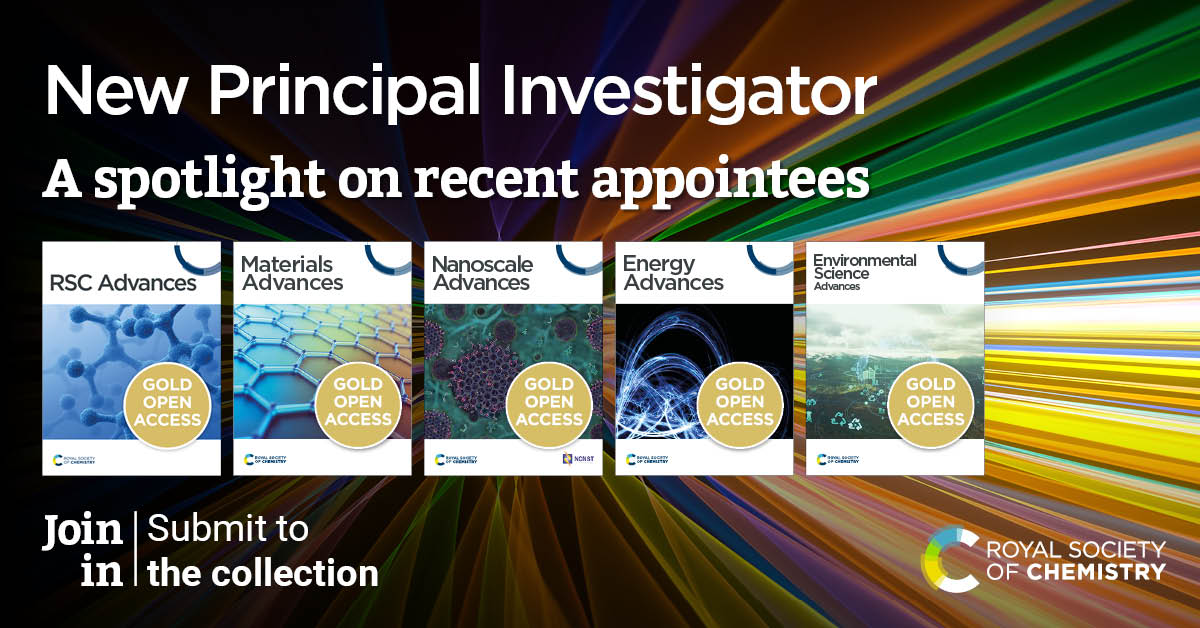
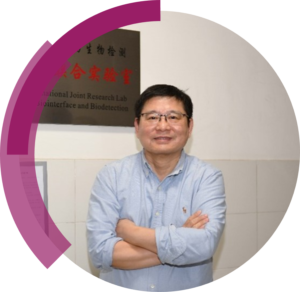
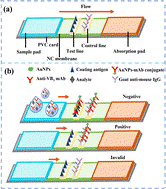
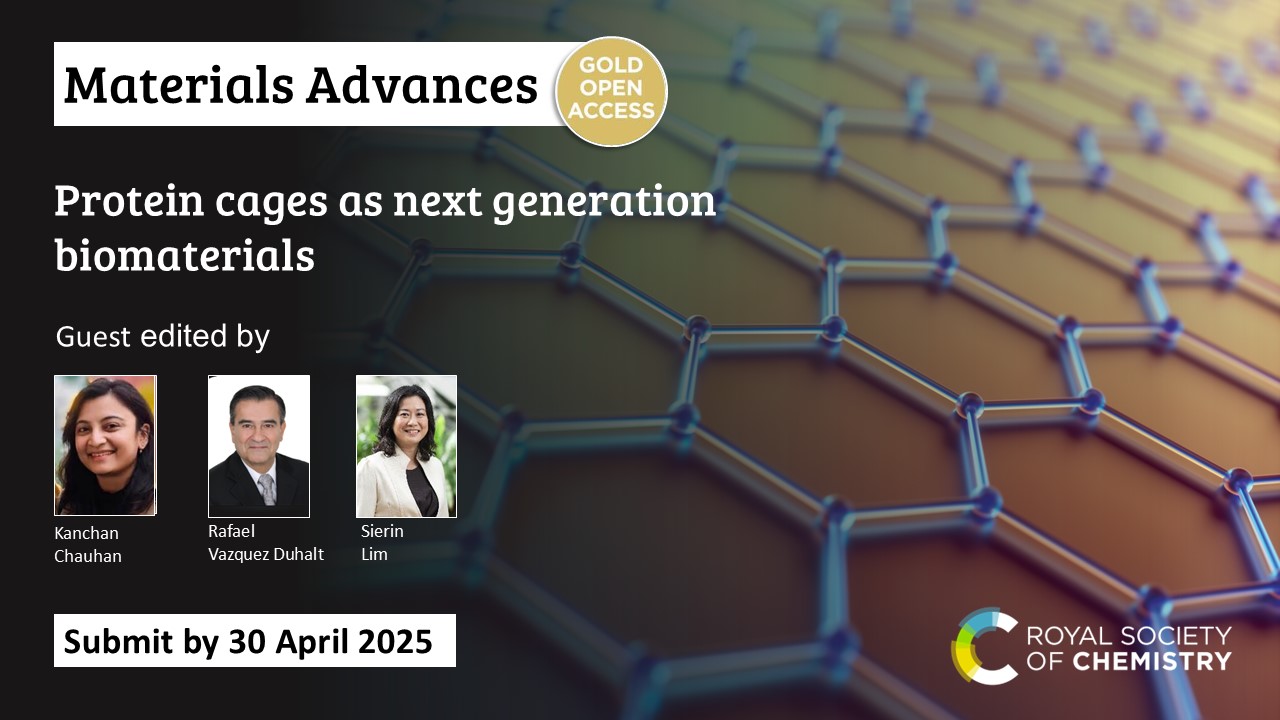

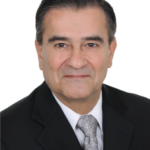

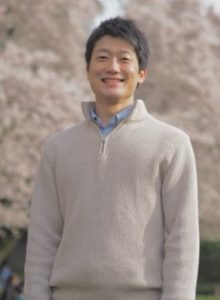

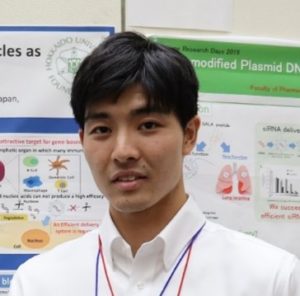
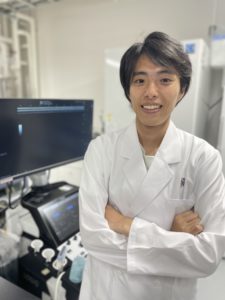
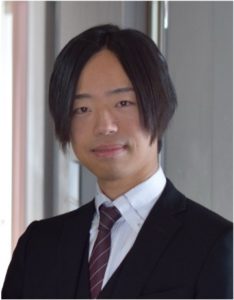
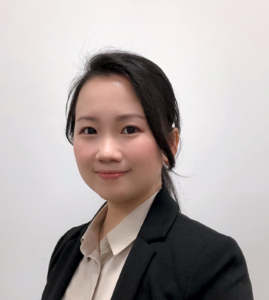

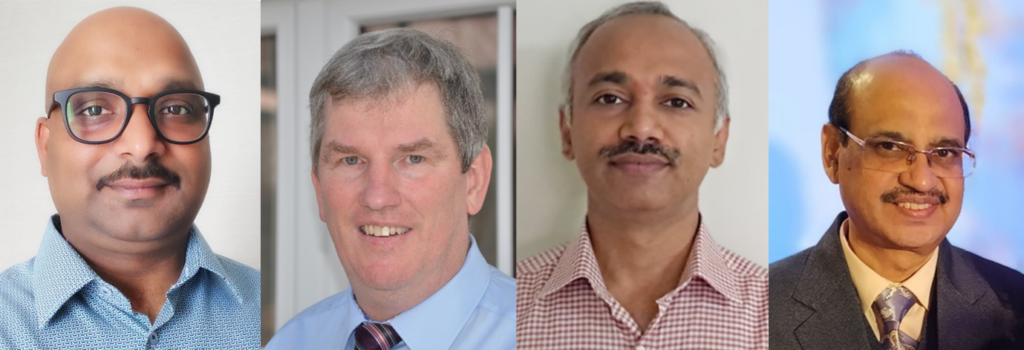
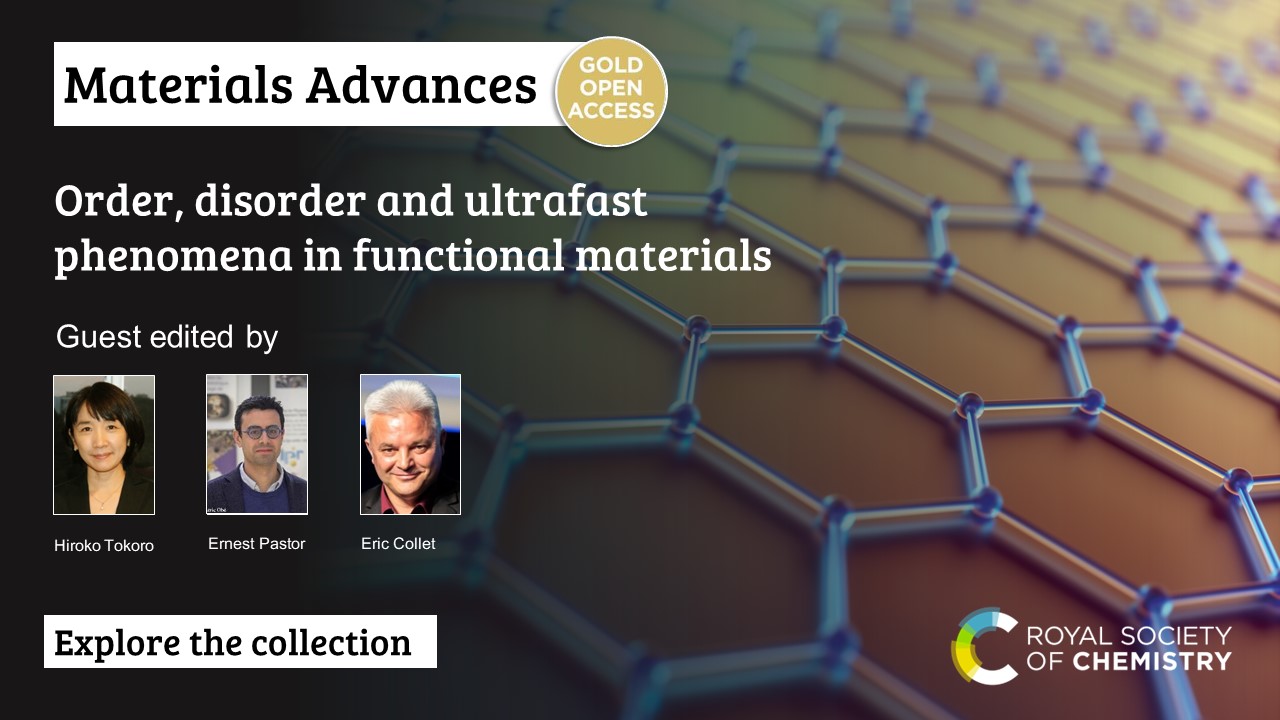

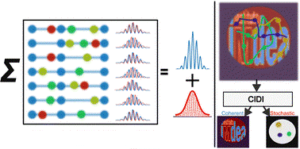
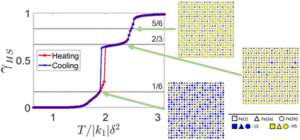
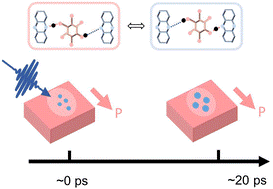
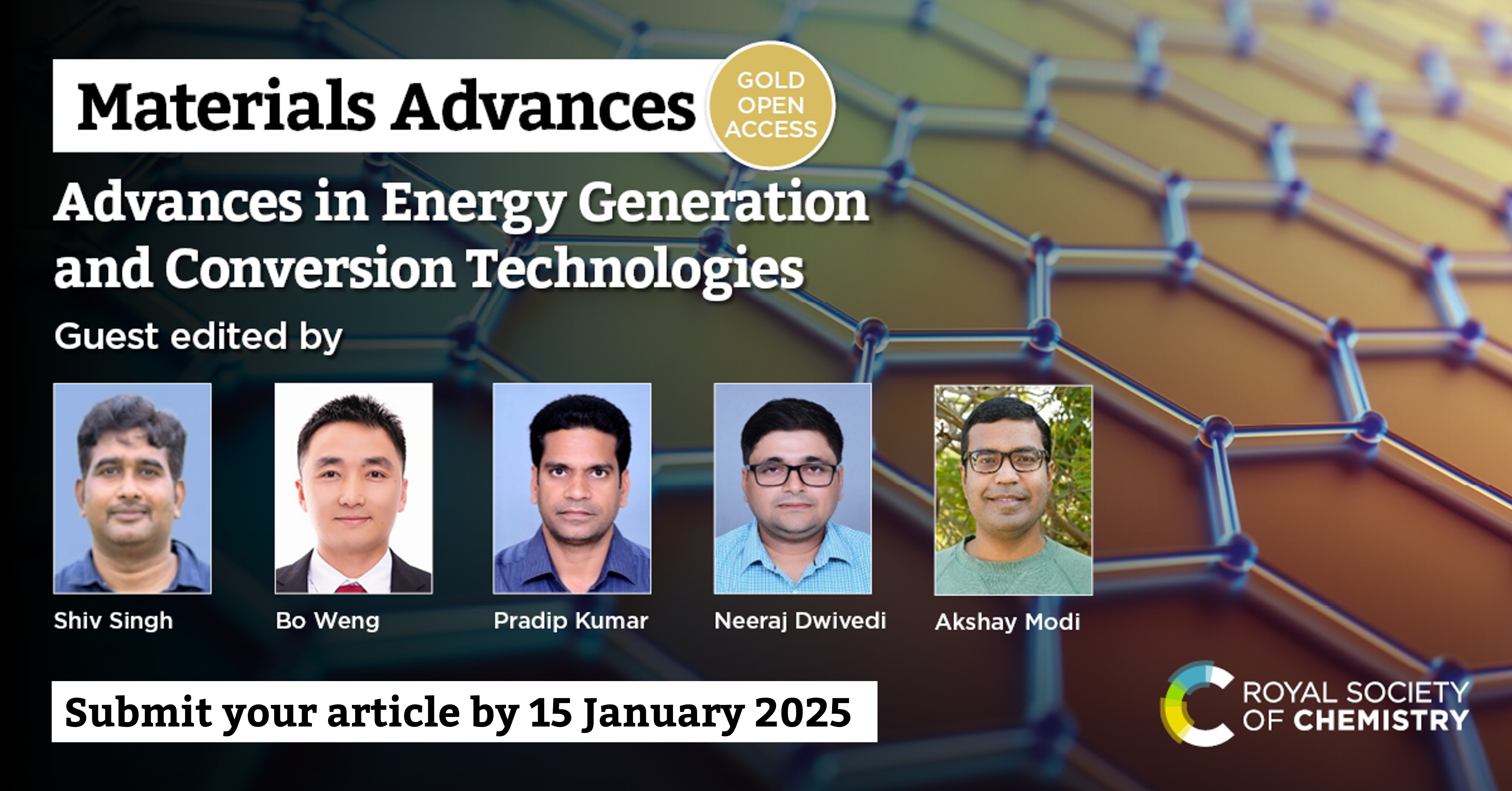

 Shiv Singh
Shiv Singh
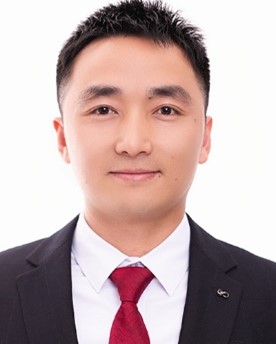
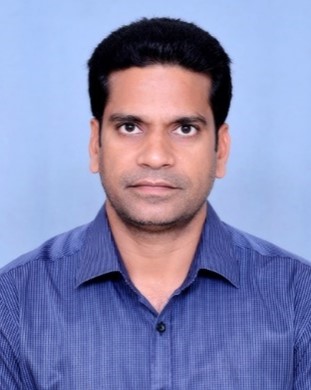 Pradip Kumar
Pradip Kumar
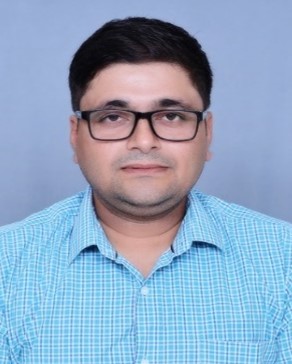 Neeraj Dwivedi
Neeraj Dwivedi
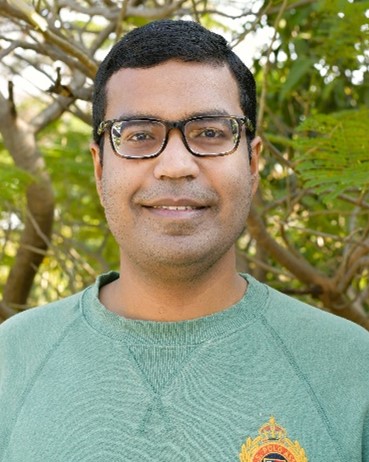 Akshay Modi
Akshay Modi